|
The next few episodes of Muscle Monday will be dedicated to discussing important muscles related to Posture. Questions about posture are probably one of the top things people ask me about on a regular basis, and the answer is not as simple as it seems. Posture involves many components which need to work together just-so in order to create the ideal scenario for your body to function at its best. Today, we will be talking about the might Pectoralis Major. To say that this muscle is important would be redundant, because (almost) ALL muscles have a specific function, but this one in particular often gets a bad rep because it is associated with poor posture. In reality, it is an extremely versatile muscle that is used in most shoulder movements. Let's explore some fun facts about this muscle Fact #2: The pec major can affect both the glenohumeral (shoulder) joint and the the scapula Due to its attachment on the clavicle, when the two portions of the pec major work together, they can depress the shoulder girdle Fact #3: The pec major performs movements in 5 planes of shoulder motion Because the muscle has two portions, the orientation of the muscle fibers allow it to move your shoulder in several planes of motion. The clavicular fibers assist with shoulder flexion while the sternal fibers assist with shoulder abduction AND extension. When the two portions work together, they will perform shoulder horizontal adduction, as well as shoulder (glenohumeral joint) internal rotation. Fact #4: Constantly sitting in a "slouched posture" will result in your pec major to get tight
Fact #5: In order to adequately take care of your body, you must do a combination of strengthening and stretching. It's all about balance. First of all, try and think about what positions you are in the most frequently and take the time to stretch in the opposite directions, no matter what that may be. Because most of us these days spend a lot of time sitting in front of a computer, on the couch or looking at our phones (or a combination of all 3?), you must make an effort to make sure that the muscle doesn't get too tight. Conversely, if you perform a task that requires a lot of pec use - such as playing a bowed instrument (Right arm), playing tennis, etc., you may want to invest a portion of your exercise routine to working on building strength, as it is also a key player in your overall shoulder stability. Take some time and check out this stretch to help improve your shoulder's powerhouse. Next week, we will be discussing the Pec Major's little brother, the Pec Minor. You're not going to want to miss it.
Until next time, stay happy and healthy! Carpal Tunnel Syndrome (CTS) is one of the most commonly known wrist/hand injuries. This ailment is often found in the sedentary desk job population, grocery checkout clerks, and other occupations associated with high quantities of repetitious movements -- including..... MUSICIANS. As seen in the first image below, there are 3 major nerves that provide sensation to the hand. They include the Median Nerve, Ulnar Nerve, and the Radial Nerve. What is important to note, is that these nerves originate from the brain and are comprised of several cervical nerve roots in the neck before joining together to form the awesome super-highway nerves listed above. CTS specifically describes the impingement of the Median Nerve at the level of the wrist. With CTS, the distribution of symptoms follows a specific pattern. Most commonly, patients will complain of symptoms on the PALMAR aspect of their hand including the thumb, index, middle fingers as well as 1/2 of the ring finger (side closest to the middle finger). It is very important to know this when trying to figure out which nerves may be affected, because the Ulnar and Radial Nerves will affect OTHER portions of your hand (to be discussed at a later date). Common symptoms include:
CTS occurs when there is too much pressure within the carpal tunnel, a VERY small space where 9 tendons and the Median nerve pass through in order to go into the hand. As you can see, there is not a whole lot of space for error. So - when we subject our bodies to high stress/repetitive activities, inflammation and swelling can occur which can cause more pressure on the nerve. How would you like it if someone tried to squeeze their body into an already jam-packed elevator? You would be irritated. That's how your nerve is probably feeling. You: "Ok, Janice. I've done my research, and I think I have CTS. What do I do?"
First of all, it is not entirely advisable that you self-diagnose your problems. What IS advisable, is that you do your research as you have, AND consult a KNOWLEDGEABLE healthcare professional, such as a physical therapist or orthopedist. Conservatively, there are a few things you can try to decrease your symptoms:
That's all for now. Be happy and healthy! |
AuthorDr. Janice Ying is a Los Angeles-based Physical Therapist. She is board-certified Orthopedic Physical Therapy Specialist and is regarded as a leading expert in the field of Performing Arts Medicine and the development of cutting edge injury prevention and rehabilitation programs for musicians. DisclaimerThe information on this website is intended for educational purposes and should NOT be construed as medical advice. If you have or think you have a health-related issue which needs to be addressed, please seek the help from your local licensed medical professional.
Archives
October 2020
Categories
All
|
We would love to see you soon!
|
© Opus Physical Therapy and Performance - 2021 - All Rights Reserved

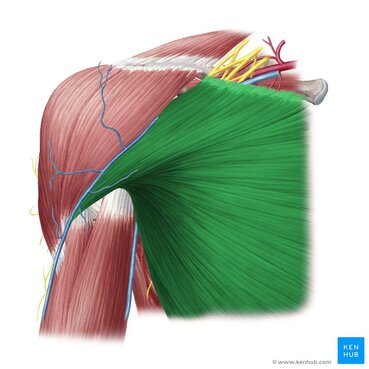
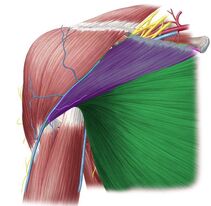
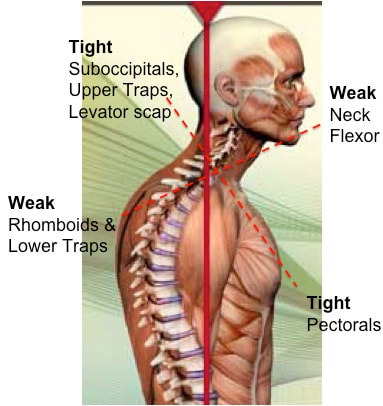
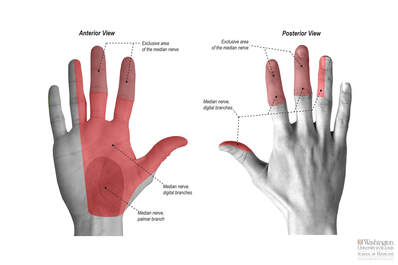
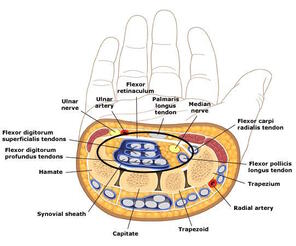
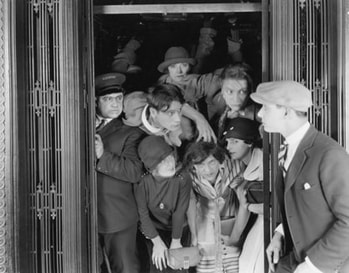
 RSS Feed
RSS Feed